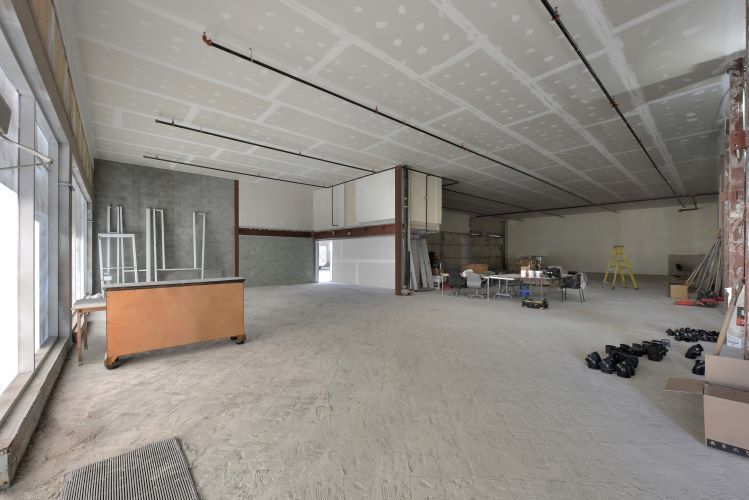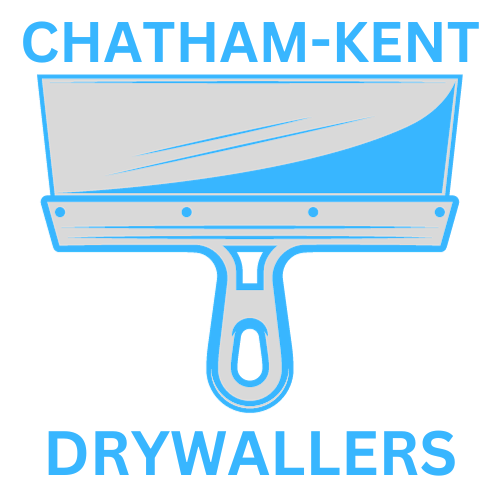Unveiling the Difference: Residential vs. Commercial Drywall Services

In the realm of construction and renovation, drywall serves as the foundation for creating sleek, polished interior spaces. Whether it's a cozy residential home or a bustling commercial establishment, the quality of drywall installation can significantly impact the overall look and feel of the space. At Chatham-Kent Drywallers, we take pride in offering comprehensive drywall services tailored to the unique needs of both residential and commercial clients in Chatham, Ontario. In this blog article, we'll explore the key differences between residential and commercial drywall services and highlight how Chatham-Kent Drywallers excels in providing both.
Residential Drywall Services:
Residential drywall services cater to homeowners, landlords, and property managers seeking to enhance the aesthetics and functionality of their living spaces. Here's what sets residential drywall services apart:
- Customization: Residential properties often feature diverse architectural styles, layouts, and design preferences. As such, residential drywall projects require a high level of customization to accommodate unique floor plans, room configurations, and decorative elements.
- Attention to Detail: In residential settings, attention to detail is paramount to achieve flawless finishes and seamless transitions between walls, ceilings, and corners. Homeowners expect impeccable craftsmanship and precise installation to create a polished, cohesive look throughout the home.
- Personalized Solutions: Residential drywall projects can range from small-scale renovations to full-house constructions. Chatham-Kent Drywallers work closely with homeowners to understand their vision, budget, and timeline, offering personalized solutions that meet their specific needs and preferences.
Commercial Drywall Services:
Commercial drywall services are tailored to businesses, developers, and construction firms undertaking large-scale projects in commercial, industrial, or institutional settings. Here's what distinguishes commercial drywall services:
- Compliance and Regulations: Commercial projects must adhere to stringent building codes, safety standards, and regulatory requirements. Commercial drywall contractors have extensive knowledge of local codes and regulations, ensuring compliance and obtaining necessary permits for commercial construction projects.
- Accelerated Timelines: Commercial projects often operate on tight schedules to meet business objectives and minimize downtime. Commercial drywall contractors are adept at managing fast-track construction schedules, coordinating with other trades, and delivering projects on time and within budget.
- Specialized Expertise: Commercial properties may have unique requirements such as soundproofing, fire resistance, or impact resistance, depending on the nature of the business. Commercial drywall contractors possess specialized expertise in selecting and installing drywall products that meet these specific performance criteria.
Chatham-Kent Drywallers: Your Trusted Partner for Residential and Commercial Drywall Services
At Chatham-Kent Drywallers, we understand that each client and project is unique. Whether it's a cozy residential renovation or a large-scale commercial development, we are committed to delivering exceptional drywall services tailored to our clients' needs and preferences. Our team of skilled professionals combines technical expertise, attention to detail, and a customer-centric approach to ensure that every project is completed to the highest standards of quality and craftsmanship.
What sets us apart is our dedication to excellence, reliability, and customer satisfaction. Whether you're a homeowner looking to refresh your living space or a business owner embarking on a commercial construction project, Chatham-Kent Drywallers is here to exceed your expectations with efficiency and expertise.
Contact us today to discuss your residential or commercial drywall needs, and experience the difference of working with a trusted name in Chatham, Ontario.
You might also like



